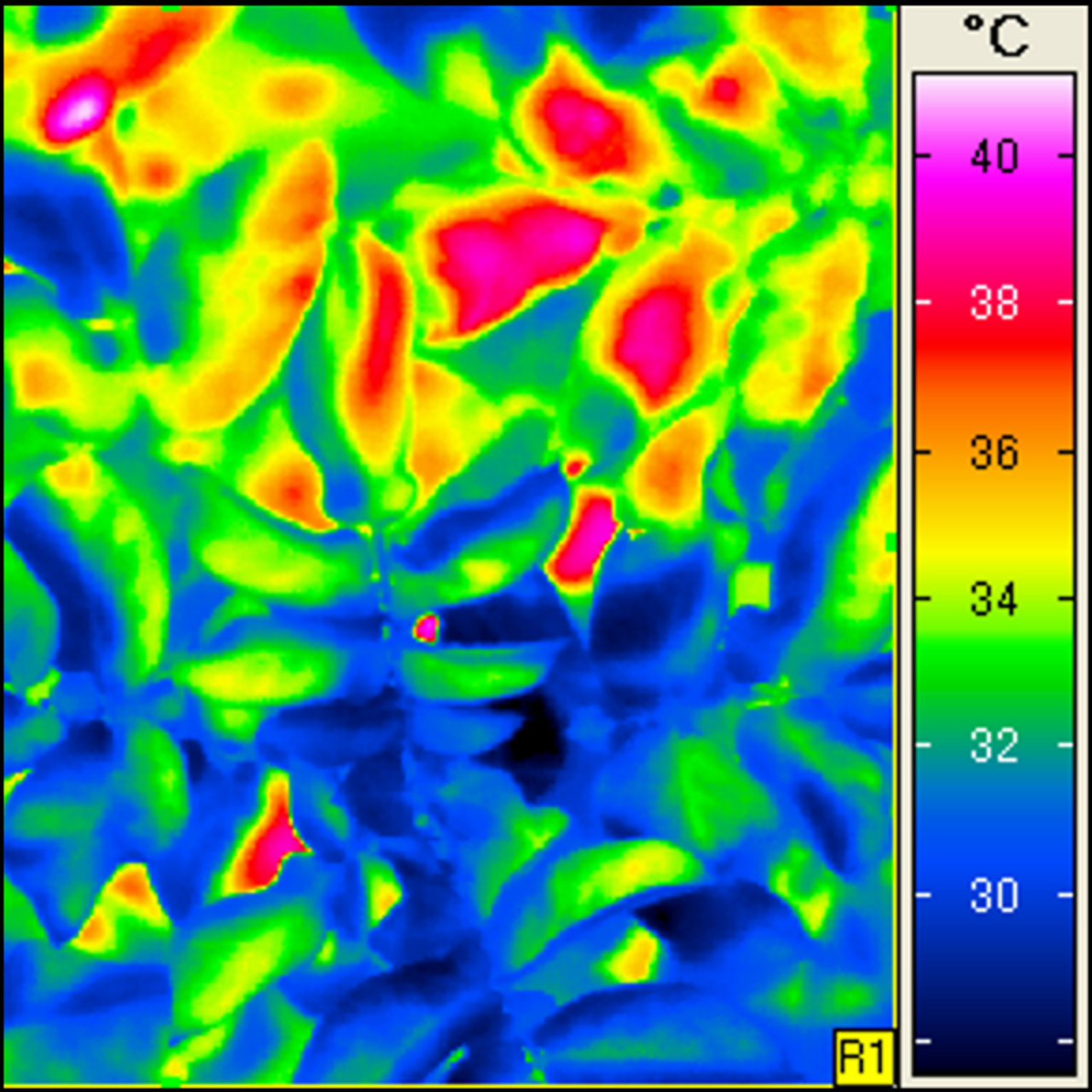Project
Contactless measurement methods for crop production

Contactless measurement methods for crop production
How can crop growth and crop stress be measured on the field? Will the future farmer be able to monitor the growth and state of his crop online from at home? We are working for a digital farming future. We are developing contactless measurement methods for crops on the field.
Background and Objective
Precise knowledge about crop state is an essential requirement for an optimal crop management and for a sustainable use of resources. The farmer would be able to optimize many decisions, if he had access to current and reliable information based on measurements and models. Such decisions may concern weed management, irrigation, plant protection, and the optimal harvest date. Our institute has substantial experience in contactless sensors, automatic image analysis, construction of mobile and stationary field measurement systems with connection to the internet, and in the use of unmanned aerial systems (UAS). With the help of these technical means, we want to increase and to improve the information base for the farmer's decisions and automatic production systems. In addition, also plant breeding and most experimental trials have high need of quantitative sensor based information.
Target Group
Our research first addresses the producers of agricultural machinery and of modern technical devices, as well as other service providers. They may decide how to integrate new measurement techniques in their products and services. Not only practical farmers, but also plant breeders and all persons involved in experimental trials will be the final user of these techniques.
Approach
Our practical work includes:
- Development and construction of field measurement and communication systems
- Extensive calibration experiments in the lab and on the field
- Integration of optical sensors on our octocopter "ThünoCopter"
- Drone flights with the ThünoCopter
- Contactless and destructive measurements of plants in the field
- modeling based on measured crop data
- Creation, calibration and test of software for automatic image analysis and for the processing of all sensor data
- Deduction, processing and presentation of relevant information
Results
First results confirmed the expected statistical relation between contactlessly measured canopy temperature and yield data of winter wheat varieties under drought stress. Presumably, the canopy temperature is a useful parameter for breeding selection of drought tolerant wheat genotypes.
In our experiments we were able to show the suitability of the Crop Water Stress Index (CWSI) for irrigation management of potatoes. The CWSI is also based on contactless canopy temperature measurement. Several restrictions must be regarded when applying the CWSI for potato irrigation management.
Thünen-Contact

Involved external Thünen-Partners
- Deutscher Wetterdienst (DWD)
(Offenbach, Deutschland) - Julius Kühn-Institut - Bundesforschungsinstitut für Kulturpflanzen (JKI)
(Quedlinburg, Braunschweig, Groß Lüsewitz, Kleinmachnow, Deutschland) - Landwirtschaftskammer Niedersachsen
(Oldenburg, Uelzen, Hannover, Deutschland)
Duration
4.2008 - 6.2023
Publications on the project
- 0
Ekinzog EK, Schlerf M, Kraft M, Werner F, Riedel A, Rock G, Mallick K (2022) Revisiting crop water stress index based on potato field experiments in Northern Germany. Agric Water Manag 269:107664, DOI:10.1016/j.agwat.2022.107664
- 1
Meinardi D, Schröder J, Riedel A, Röttcher K, Kraft M, Grocholl J, Dittert K (2021) Sensorgestützte Beregnung von Kartoffeln : Entwicklung des Crop Water Stress Index für Nordostniedersachsen. Braunschweig: Johann Heinrich von Thünen-Institut, 120 p, Thünen Working Paper 179, DOI:10.3220/WP1628164998000
- 2
Schittenhelm S, Kraft M, Wittich K-P (2014) Performance of winter cereals grown on field-stored soil moisture only. Eur J Agron 52(Part B.):247-258, DOI:10.1016/j.eja.2013.08.010
- 3
Kraft M, Neeland H, Riedel A (2013) Vergleich der Bestandstemperatur und des Ertrags von acht Winterweizensorten unter Trockenstress: Ergebnisse eines Versuchsjahres. Bornimer Agrartechn Ber 81:287-294

![[Translate to English:] [Translate to English:]](/media/_processed_/3/6/csm_Hintergrund-Ausschnitt1_9daaef6b89.jpeg)
![[Translate to English:] [Translate to English:]](/media/_processed_/3/6/csm_Hintergrund-Ausschnitt1_0bd7111163.jpeg)




